“[the question of the archive] it is a question of the future, the question of the future itself, the question of a response, of a promise and of a responsibility for tomorrow”
-Jaques Derrida, Archive Fever
The exhibition Border Marks unfolds Roberta Curcă’s pioneering artistic research, the mapping of the communist signs designed to flank the entrance to counties, cities, villages and the country itself. Roberta Curcă began the research in Romania, near her hometown Craiova and slowly extended it to The Czech Republic and the former Czechoslovakia, The Republic of Moldova, Russia and the former USSR followed. Border Marks Archive started as an art project in 2014, turned into a PhD-research topic in 2016 and an Instagram page in 2018 is now transforming into a personal exhibition, organised by Zina Gallery.
Border Marks displays fragments from the impressive collection of more than 100 signs documented, catalogued and systematised. Roberta Curcă artistic practice appropriates and performs “the archival impulse” of contemporary art in our data-driven society, a space where the artist becomes collector, archivist, historian and ultimately a symbolic institution. What kind of patrimony are these ghostly constructions that have the appearance of brutalist relics? What does their presence say? To whom do they speak now? Can we call them art? The demarcation of borders is a geographical orientation language. According to Roberta’s research, most of them were built between the 1970s and1980s, during Nicolae Ceaușcu’s regime. Roberta’s taxonomies are invitations to observe shape, style, structure, materiality, tectonics, scale, proportion and ultimately conservation state. While being a sign of an edge, a demarcation of division between territories, their recurrence on national roads unifies an imaginary map or in other words, their common esthetic ground creates a visual unity on the territory they are spread.
As spatial orientation conventions, besides their functionality, what do the bordermarks affirm? Their presence indicates a liminal space between two geographical territories, two sequences of time (past/present), two political regimes (communist/capitalism). As vehicles of memory, they silently refer to a controversial time, a time when movement across borders was highly controlled, regulated and mostly limited. Borders as providers of identity – dividing the world in us and them, local patriotism, borders as causes and consequences of nationalism, the ones on the inside – the ones on the outside. What do the bordermarks tell us about the prevailing ideas of the people who set them up? Their surface, once upon a time carefully polished, is now reshaped by the decay of abandonment indicating a territory left behind, silently co-creating the migration map, the map of economical inequalities.
“Today these signs are part of the architectural heritage produced under the ideology of the former political regime. They present to us today how a territorial unit was symbolically rendered at its borders, in former times. However, such monumental signs have been built even after the fall of the Communist regime and continue to appear today. The new signs are sometimes set alongside the old ones, overpowering them in size, or they replace the old signs completely, erasing not just the former structures, but the importance of the symbols which once decorated them. It is to say that even though some signs still exist next to new ones it does not mean that they are protected because ultimately, not destroying architecture is not better than leaving it to decay by itself”, writes Roberta Curcă in her essay “Marking the periphery” for Kajet magazine
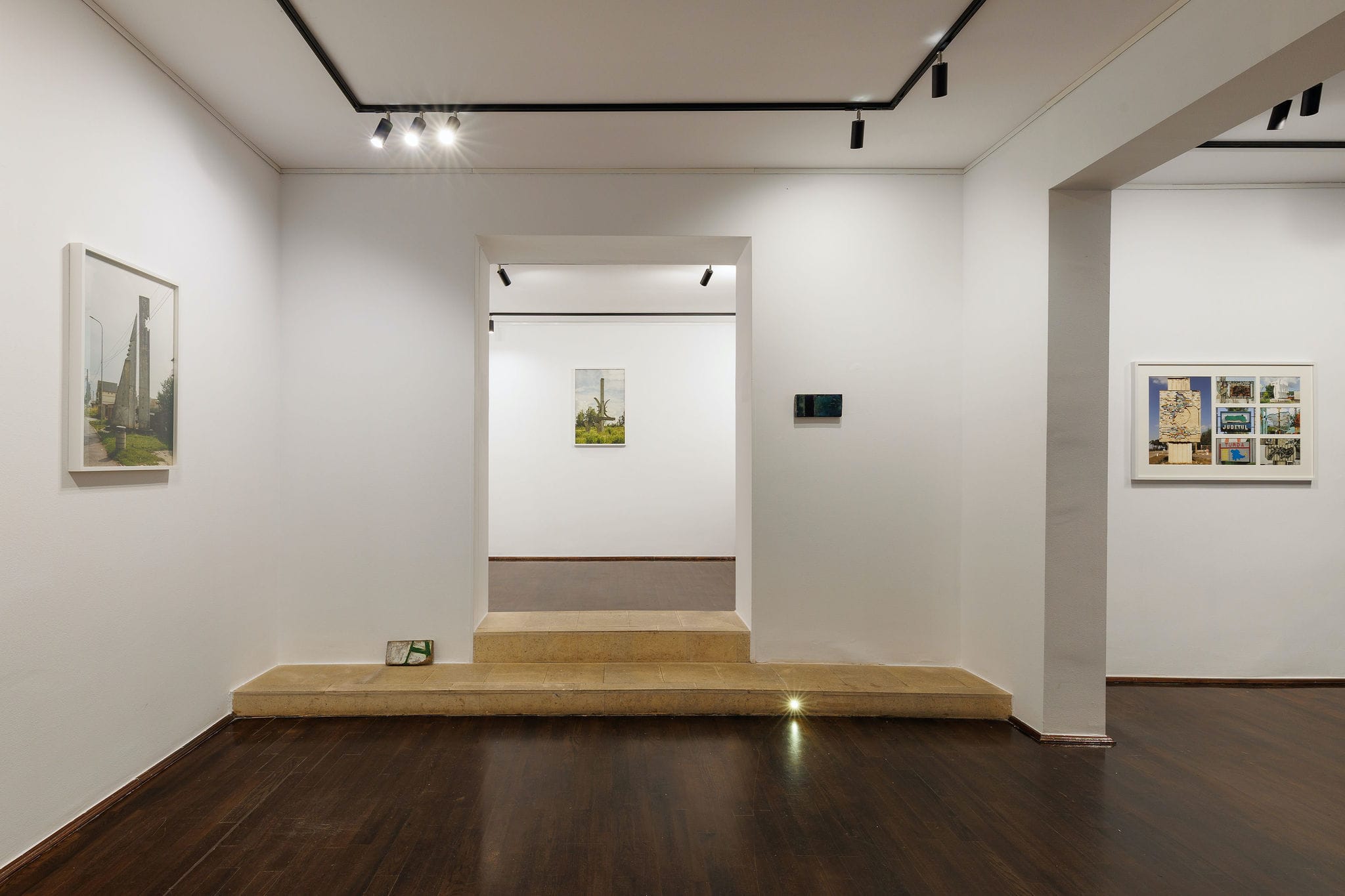
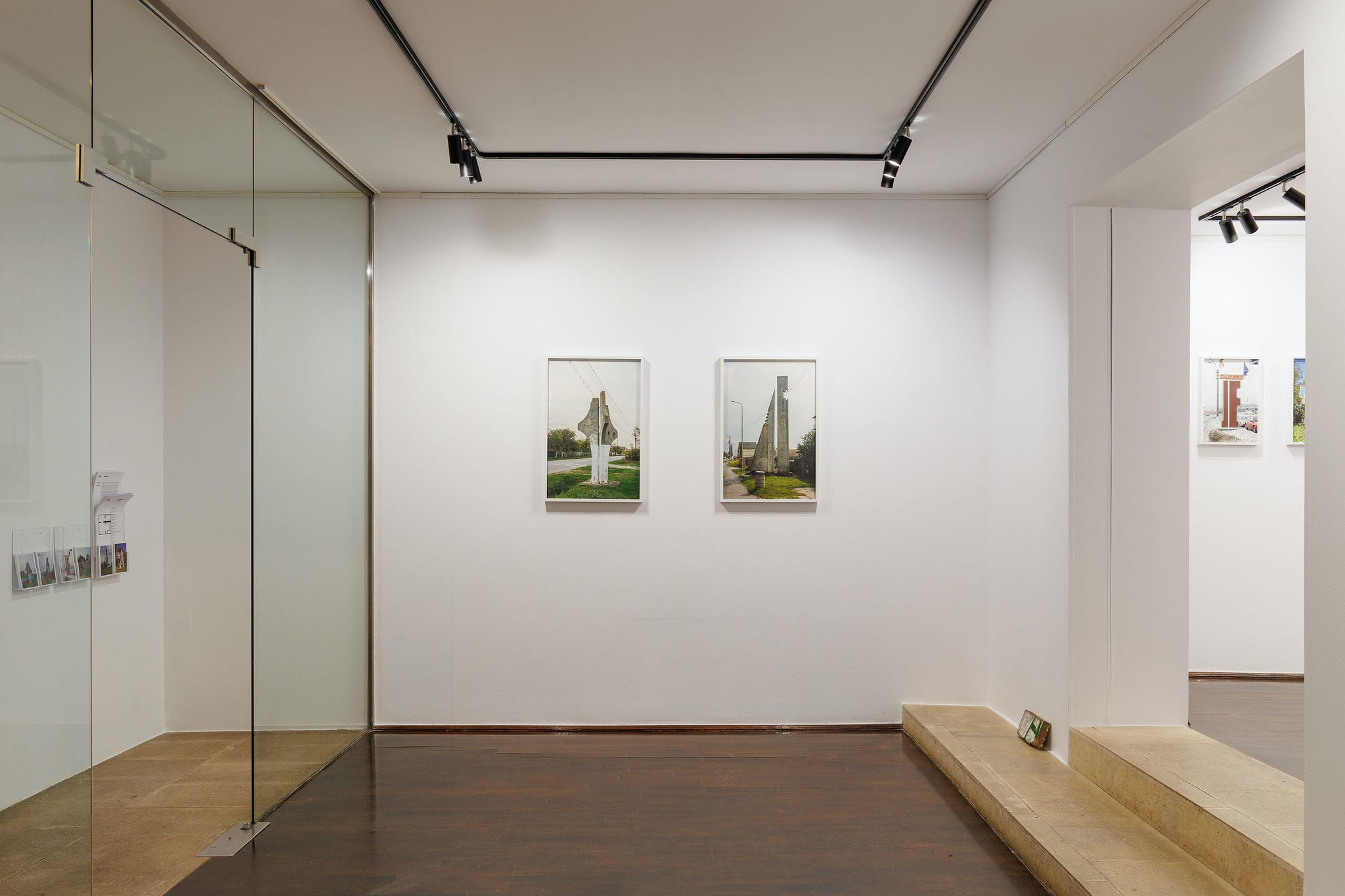
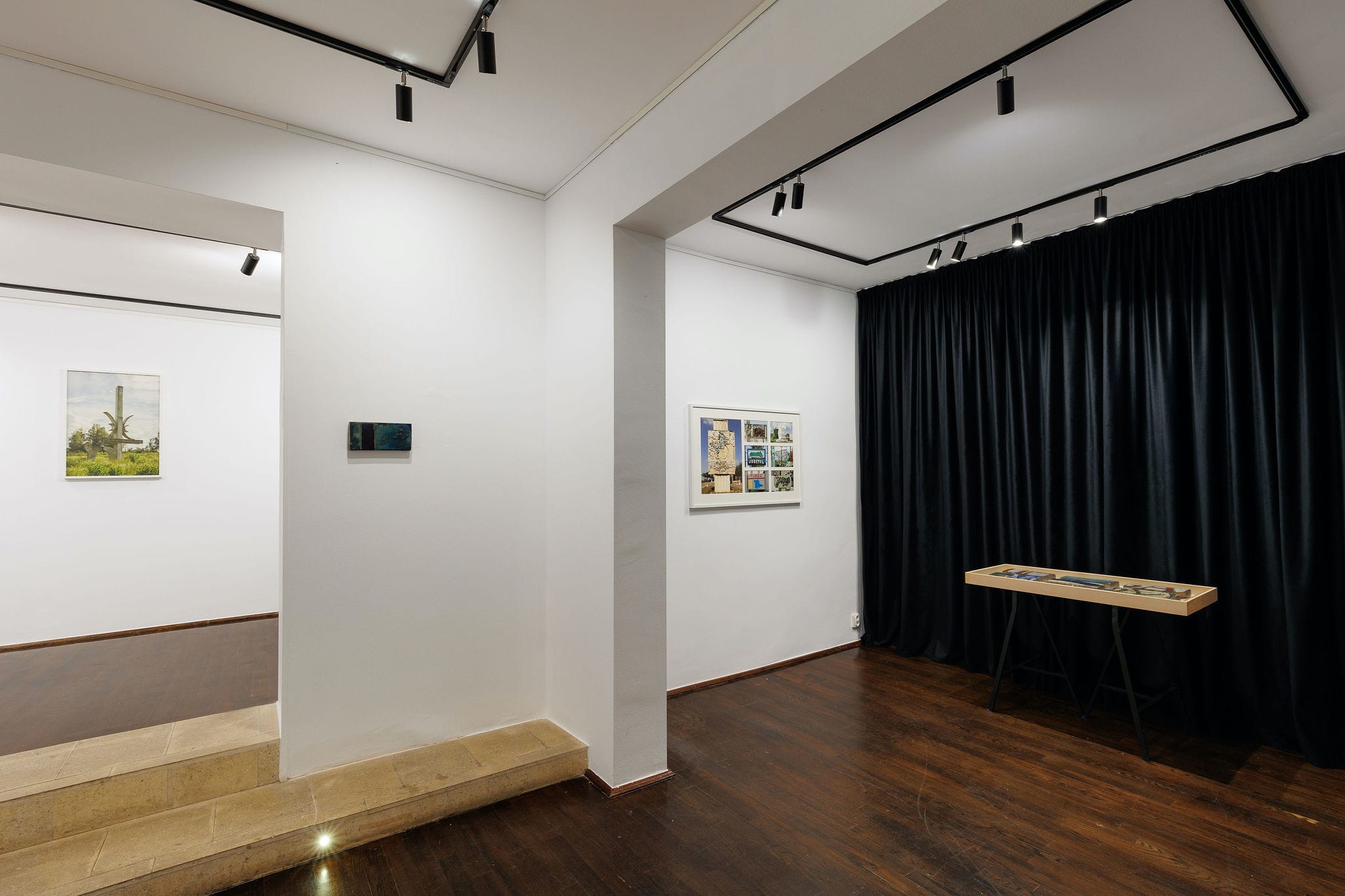
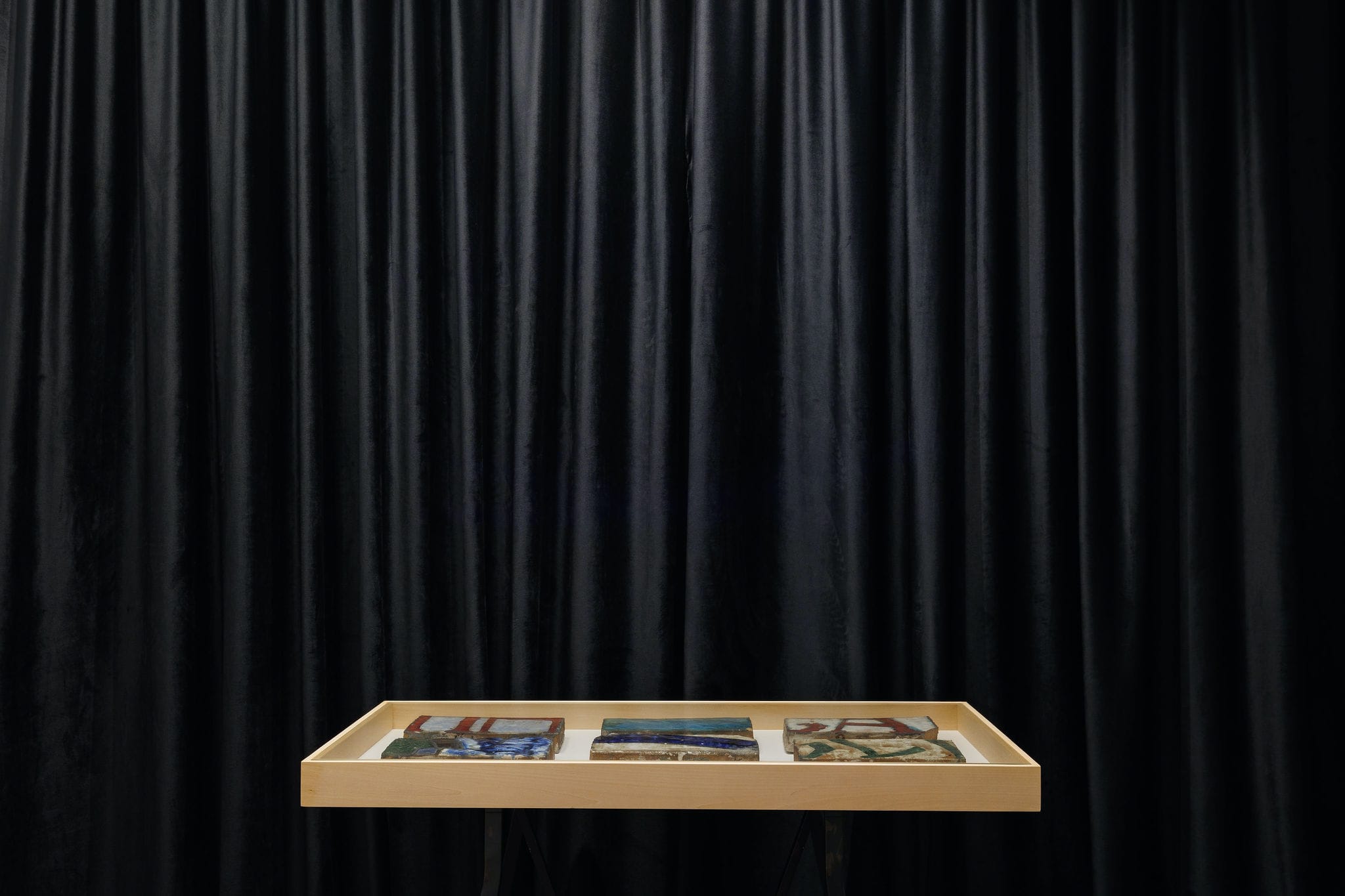
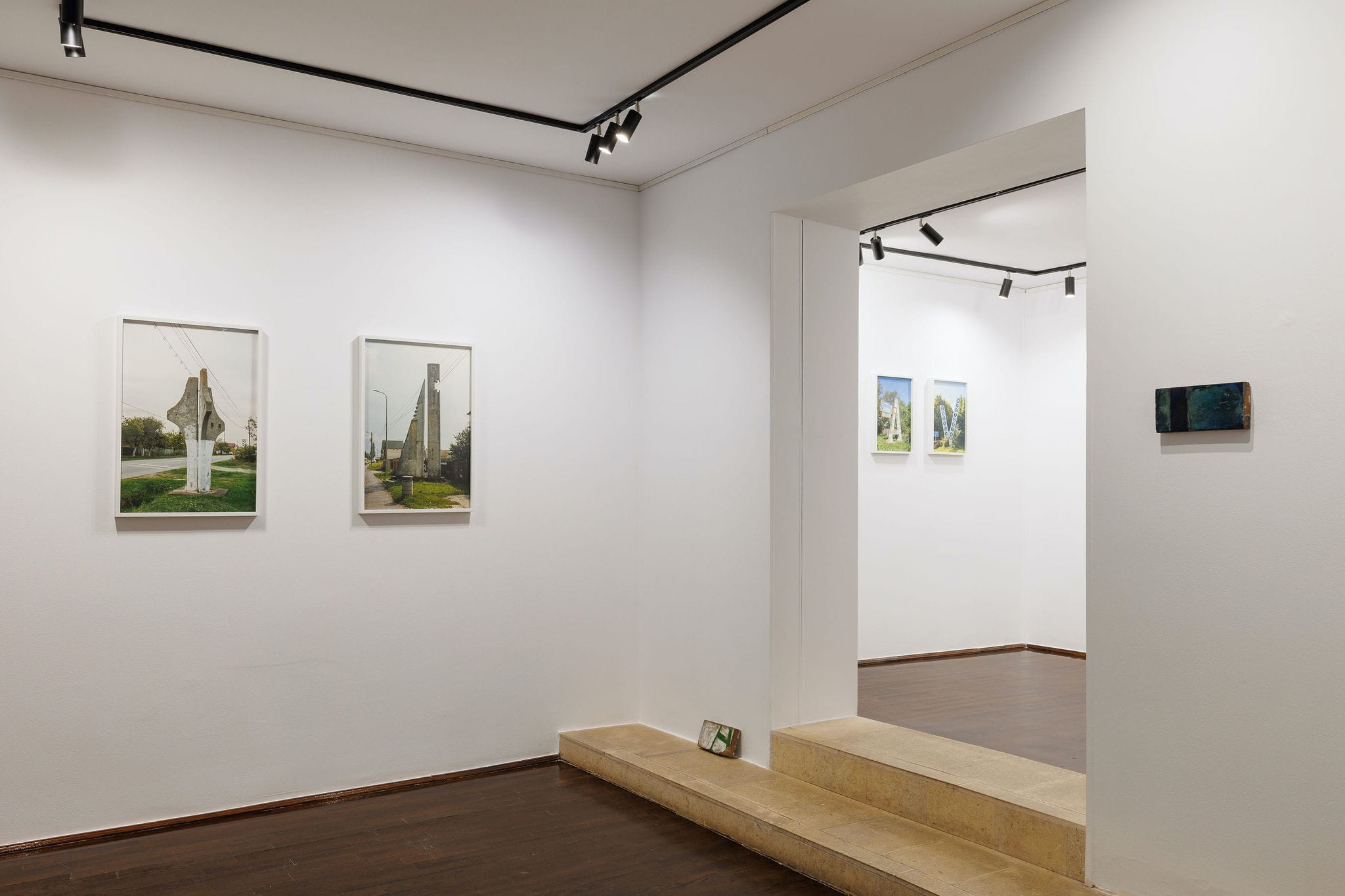
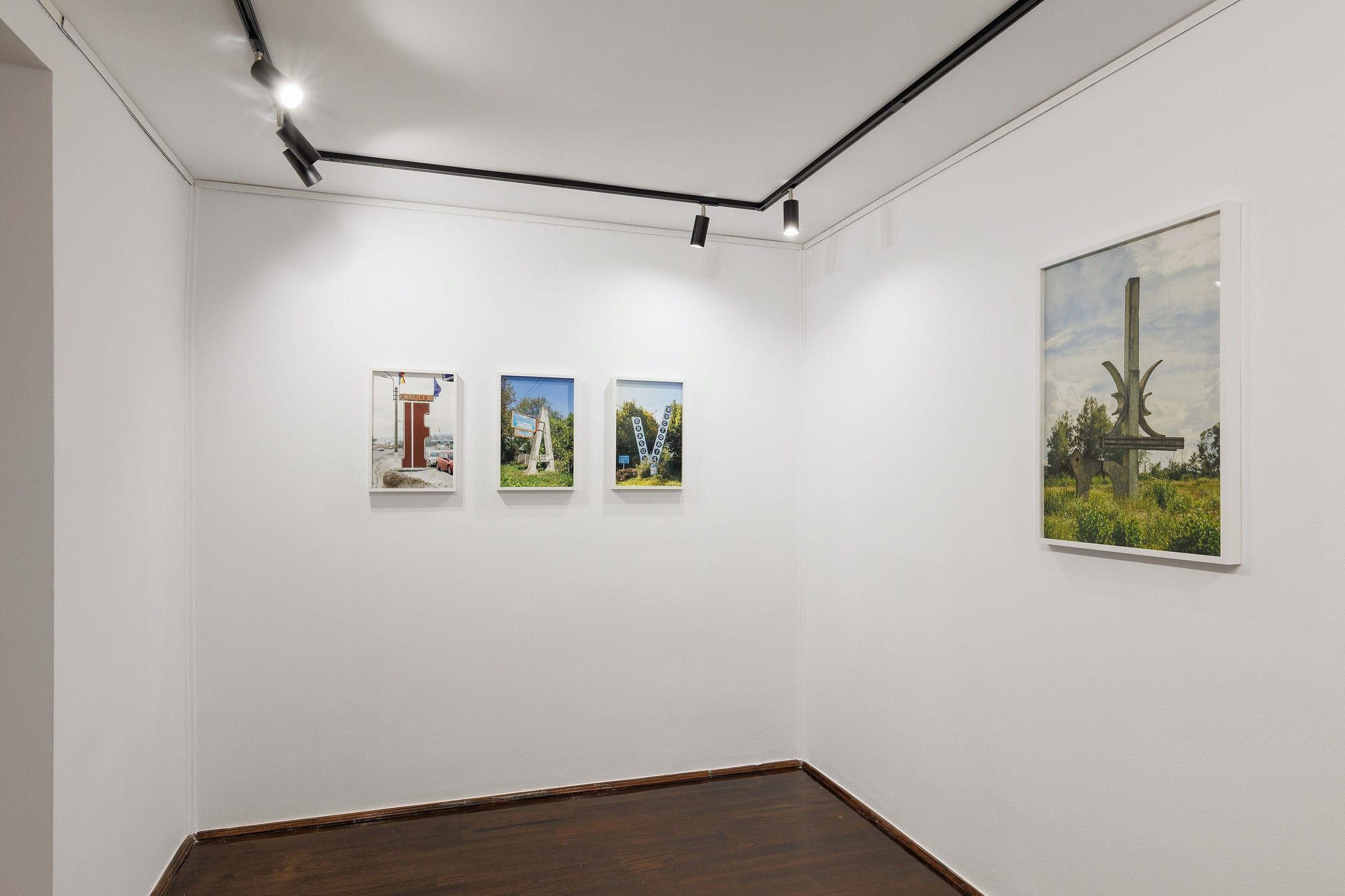
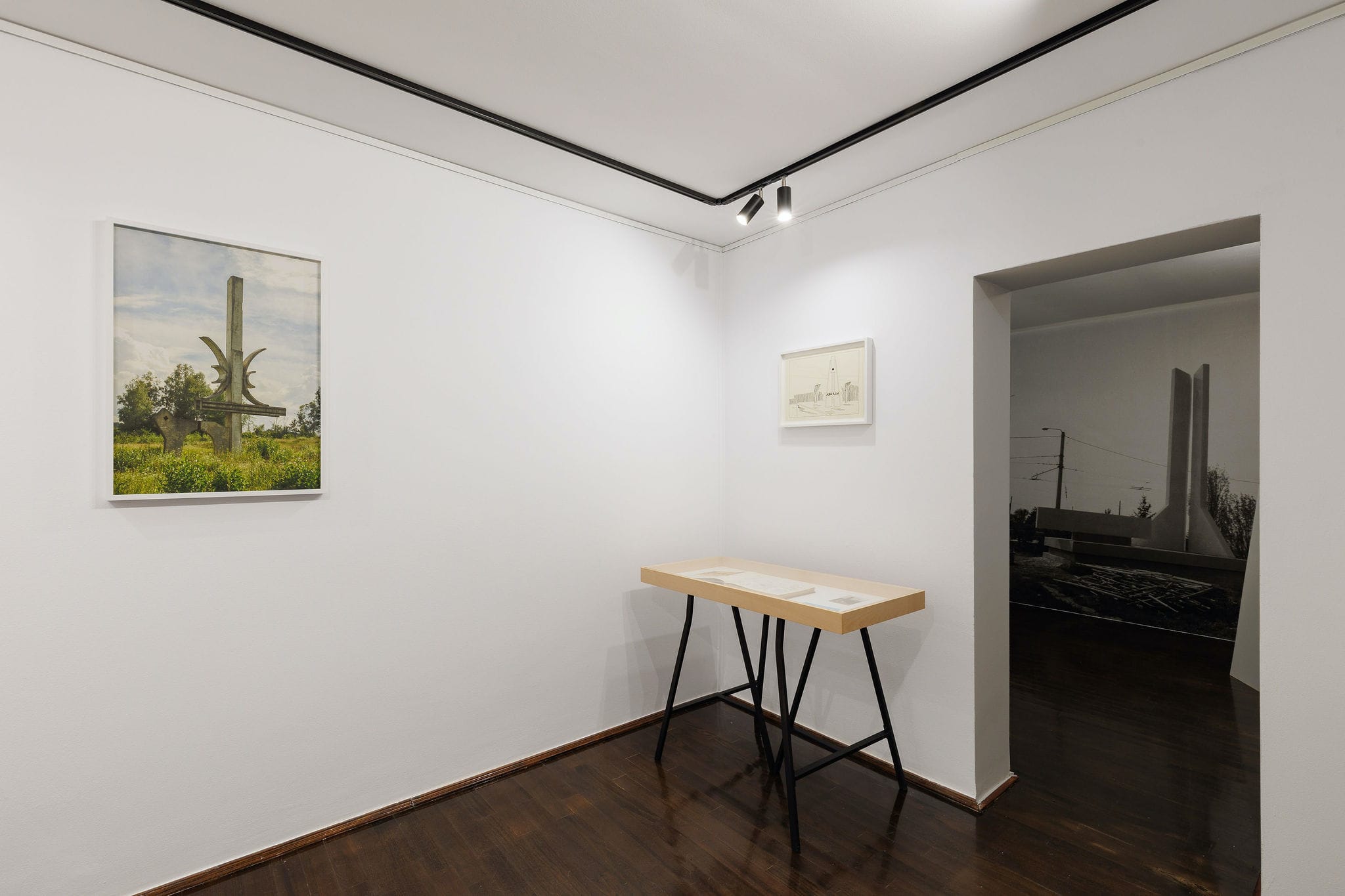
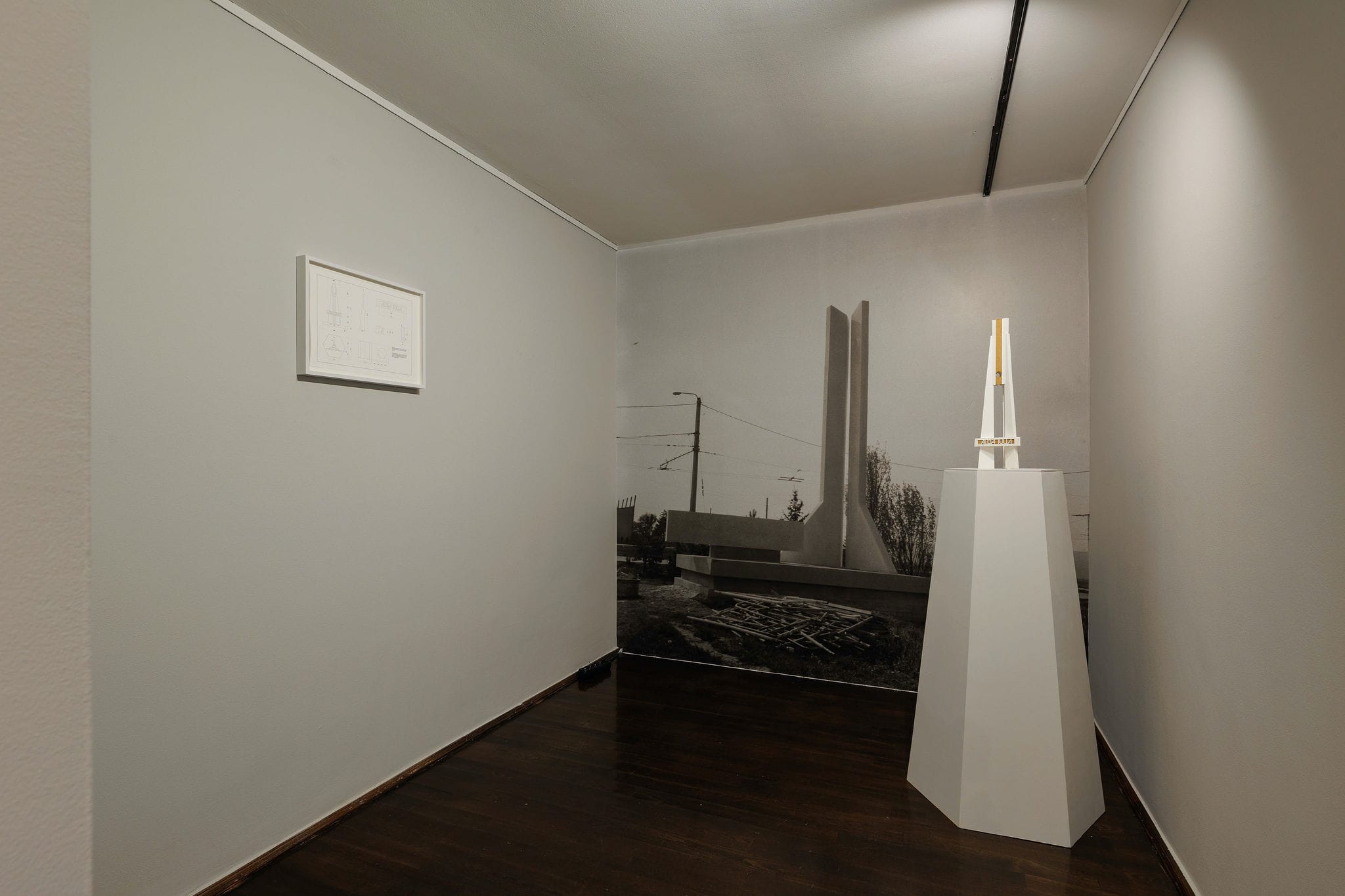
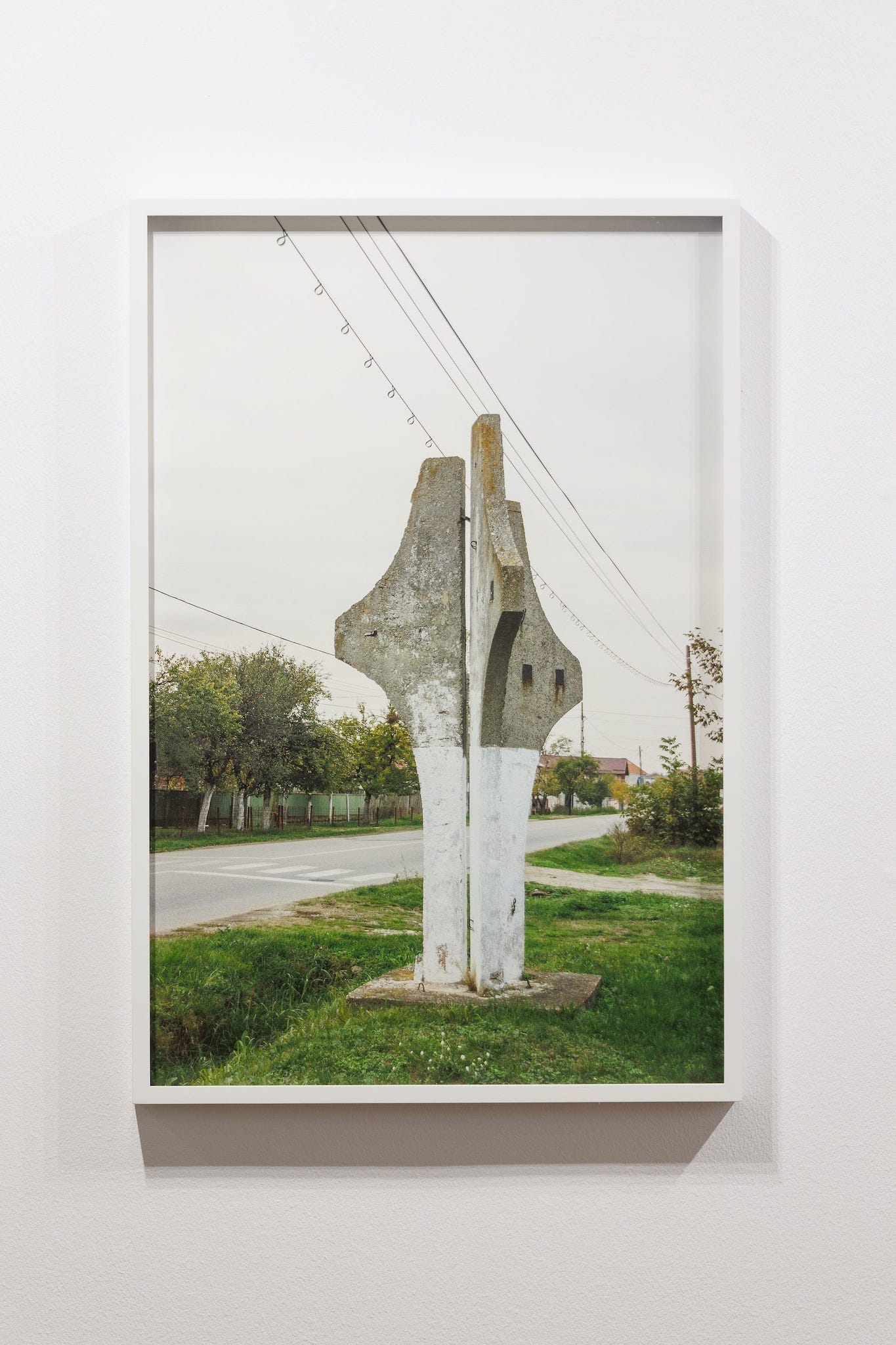
digital photograph
77 x 52 cm
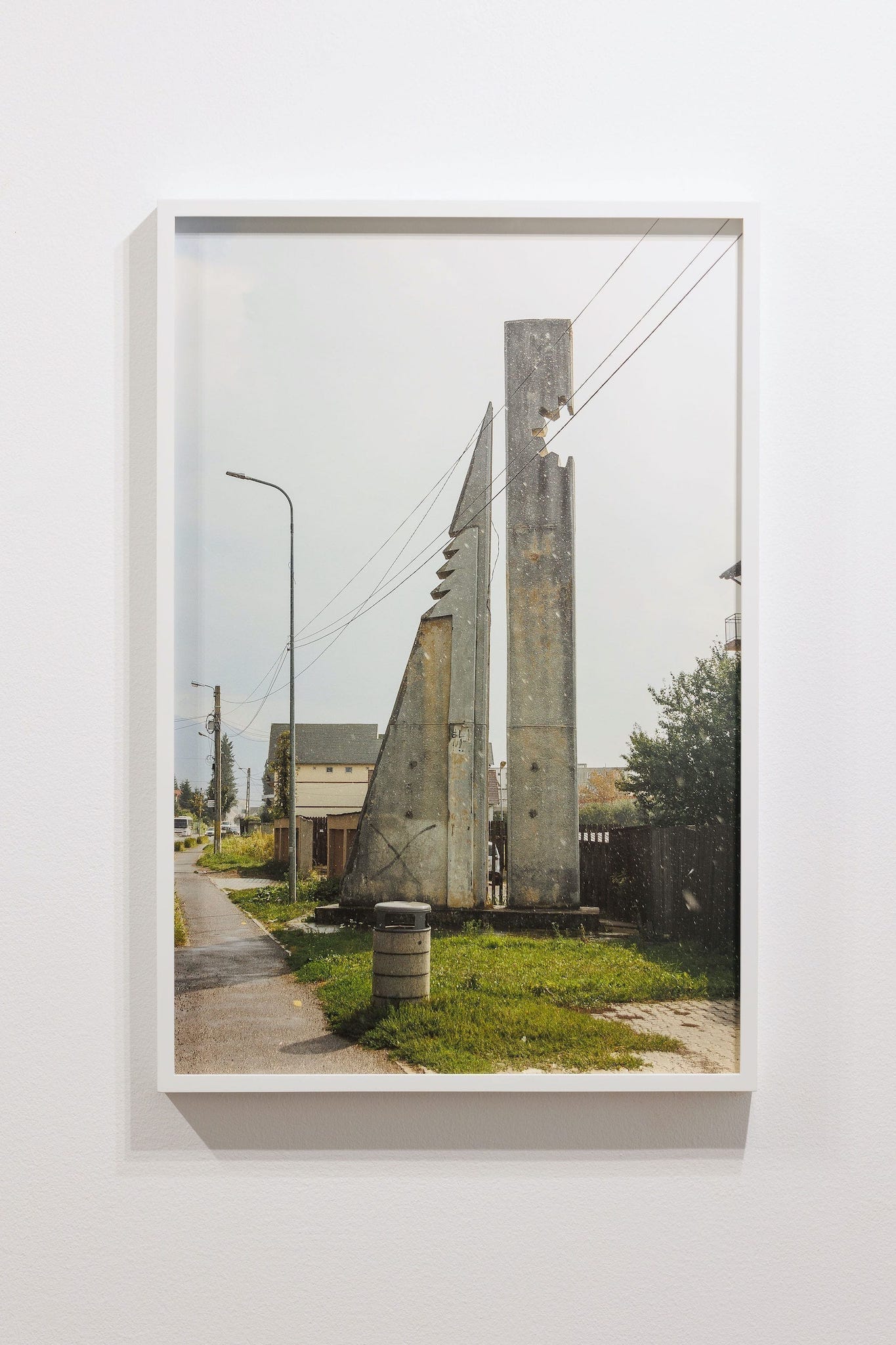
digital photograph
77 x 52 cm
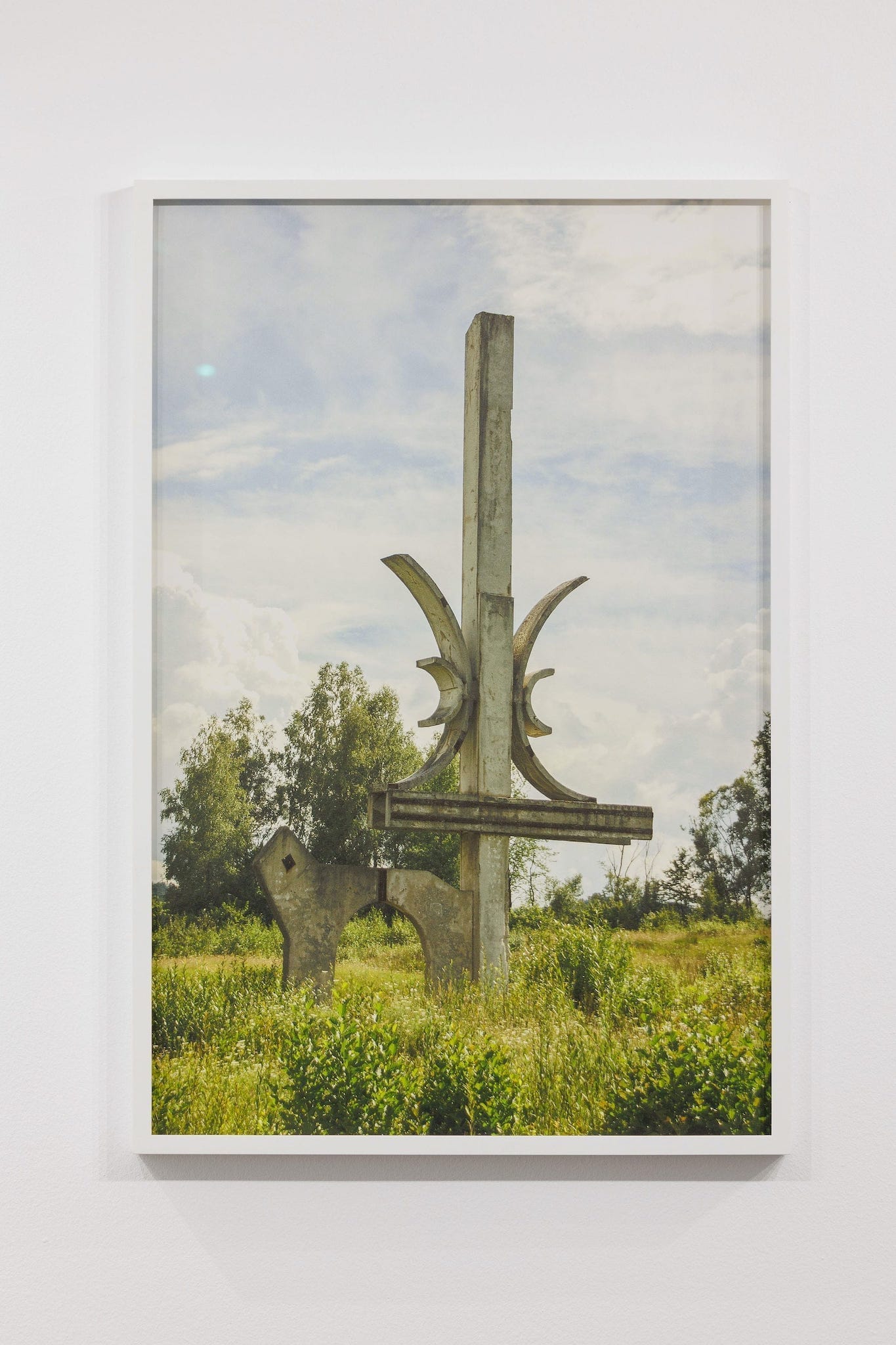
digital photograph
77 x 52 cm
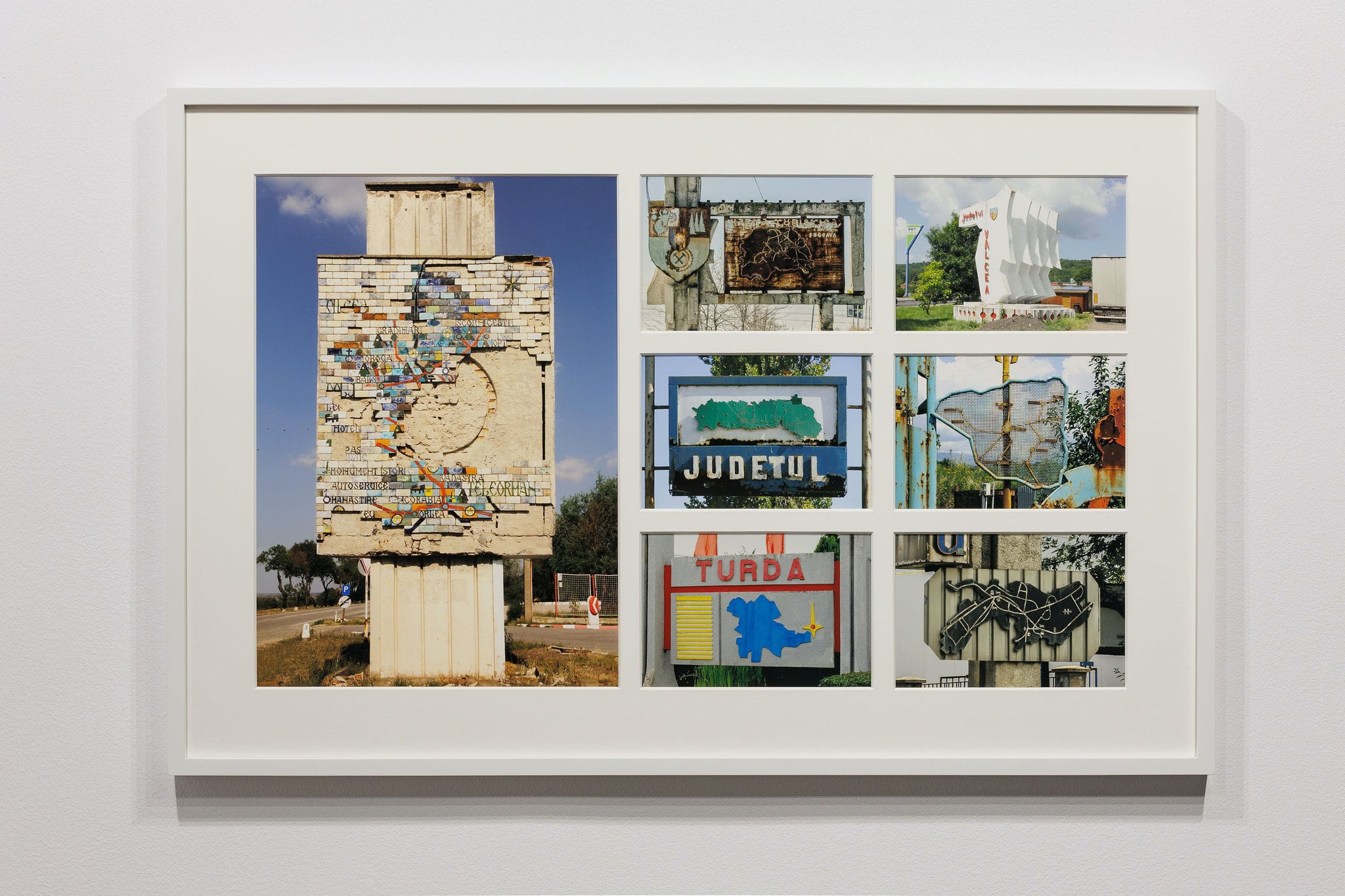
Series of digital photographs
67.5 x 102.5 cm
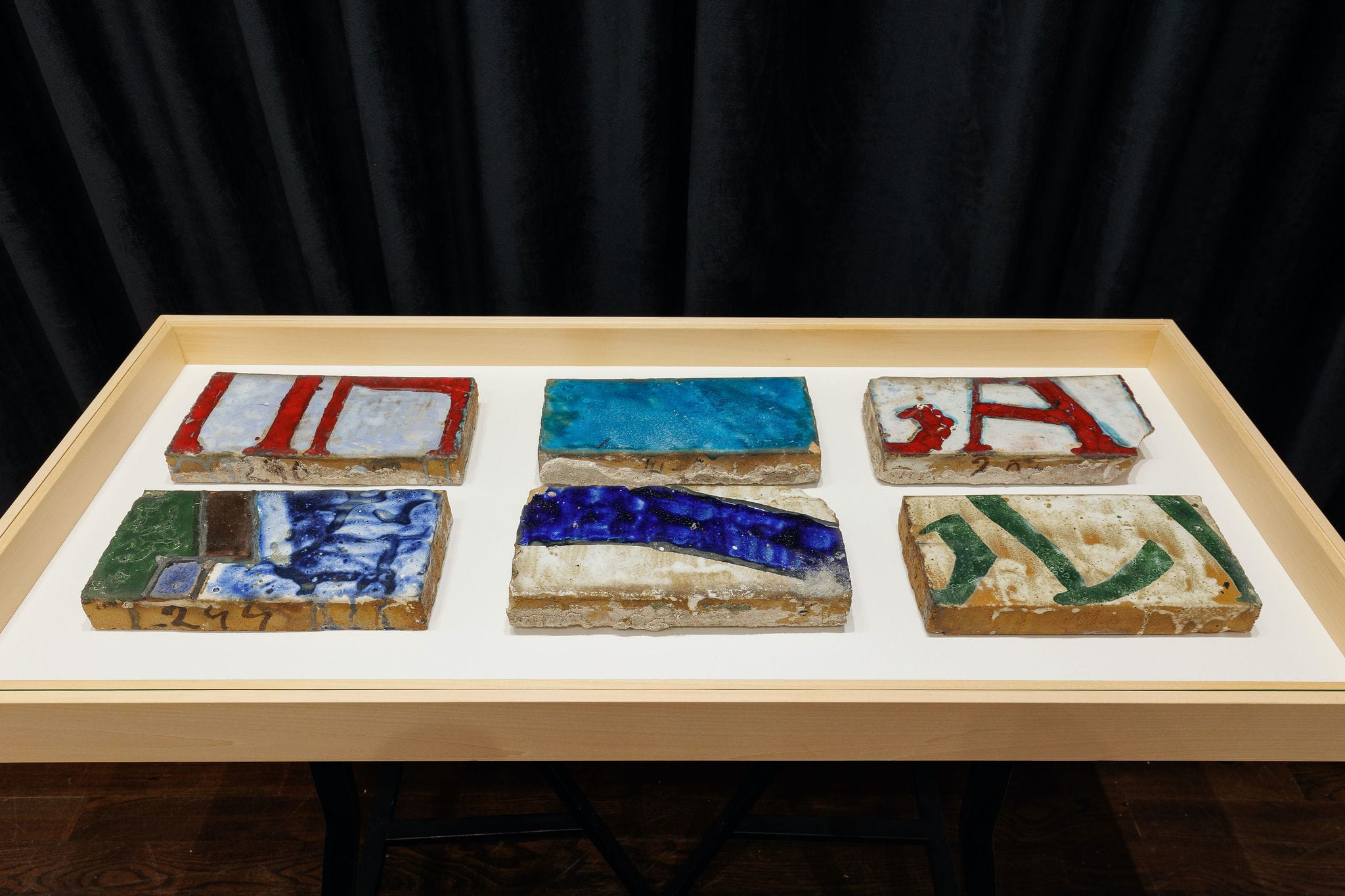
various dimensions
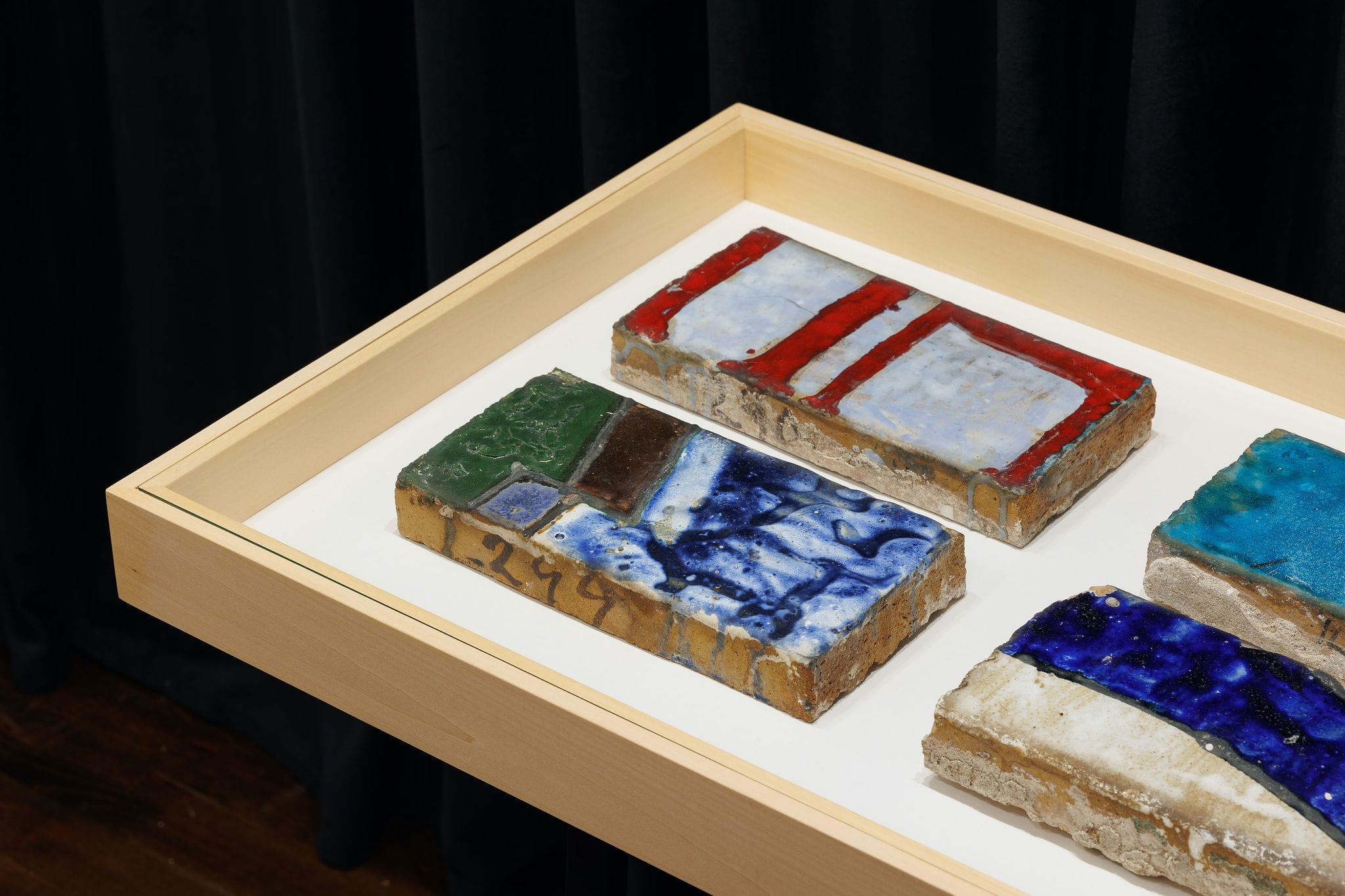
various dimensions
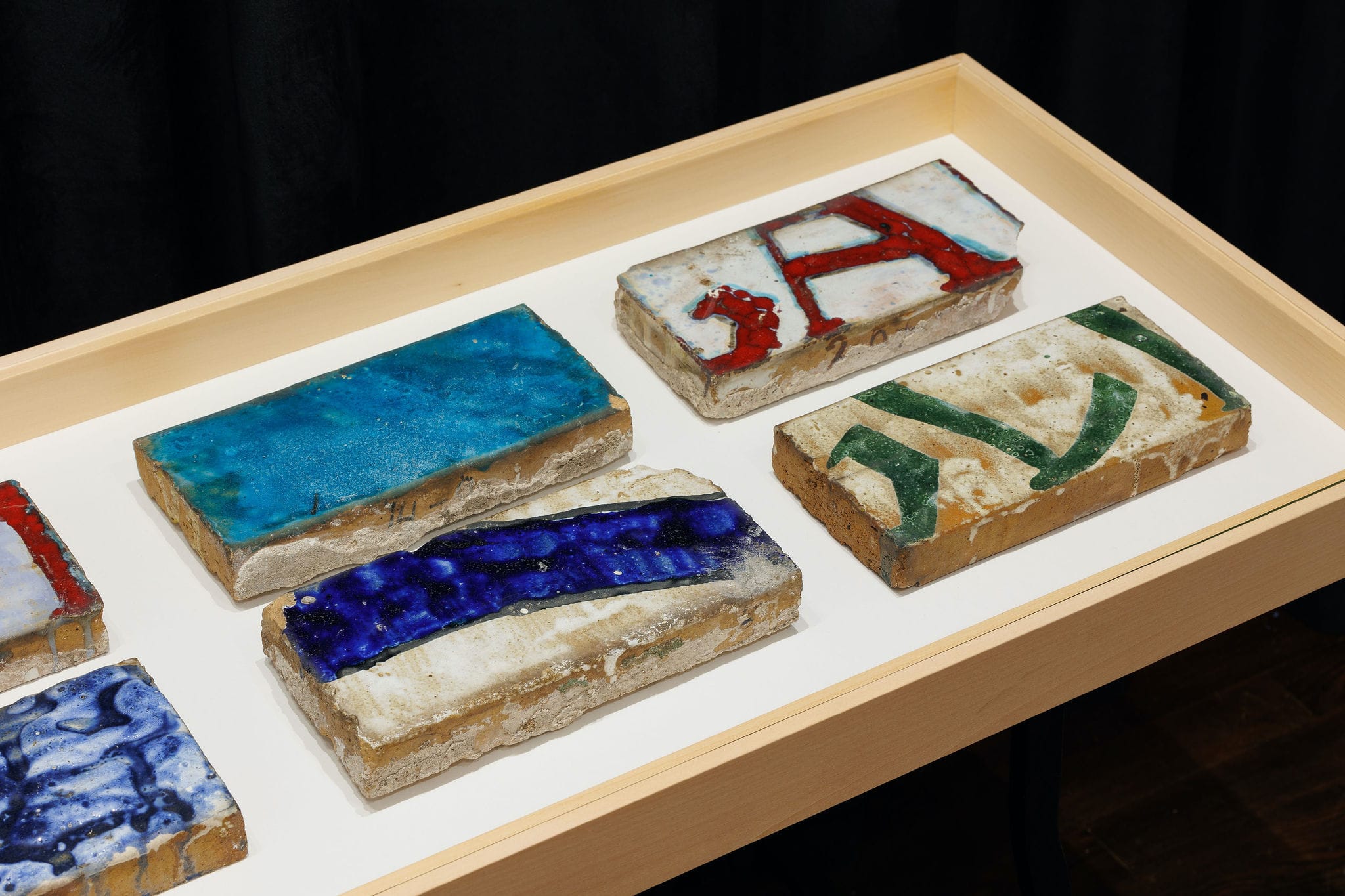
various dimensions
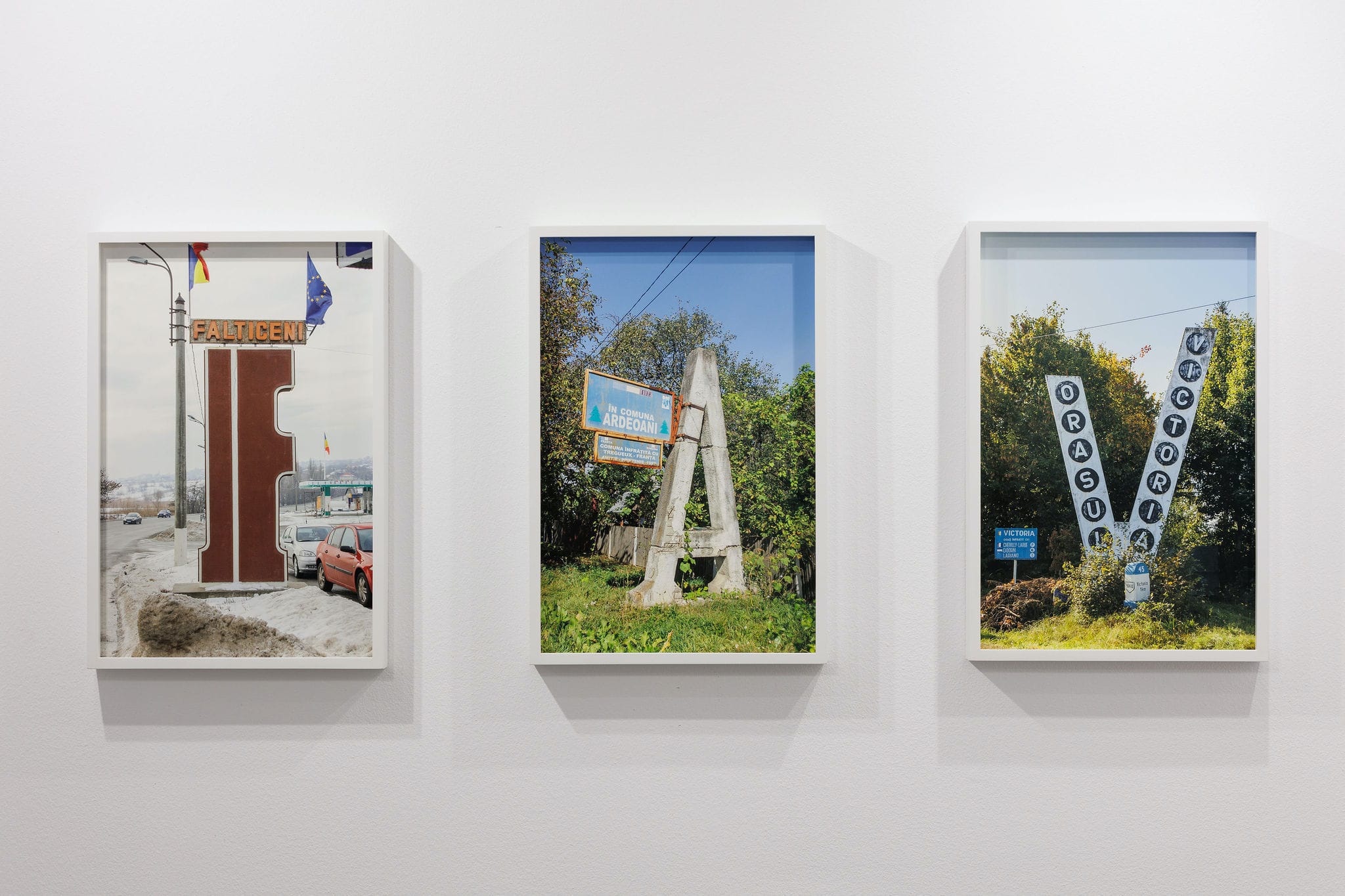
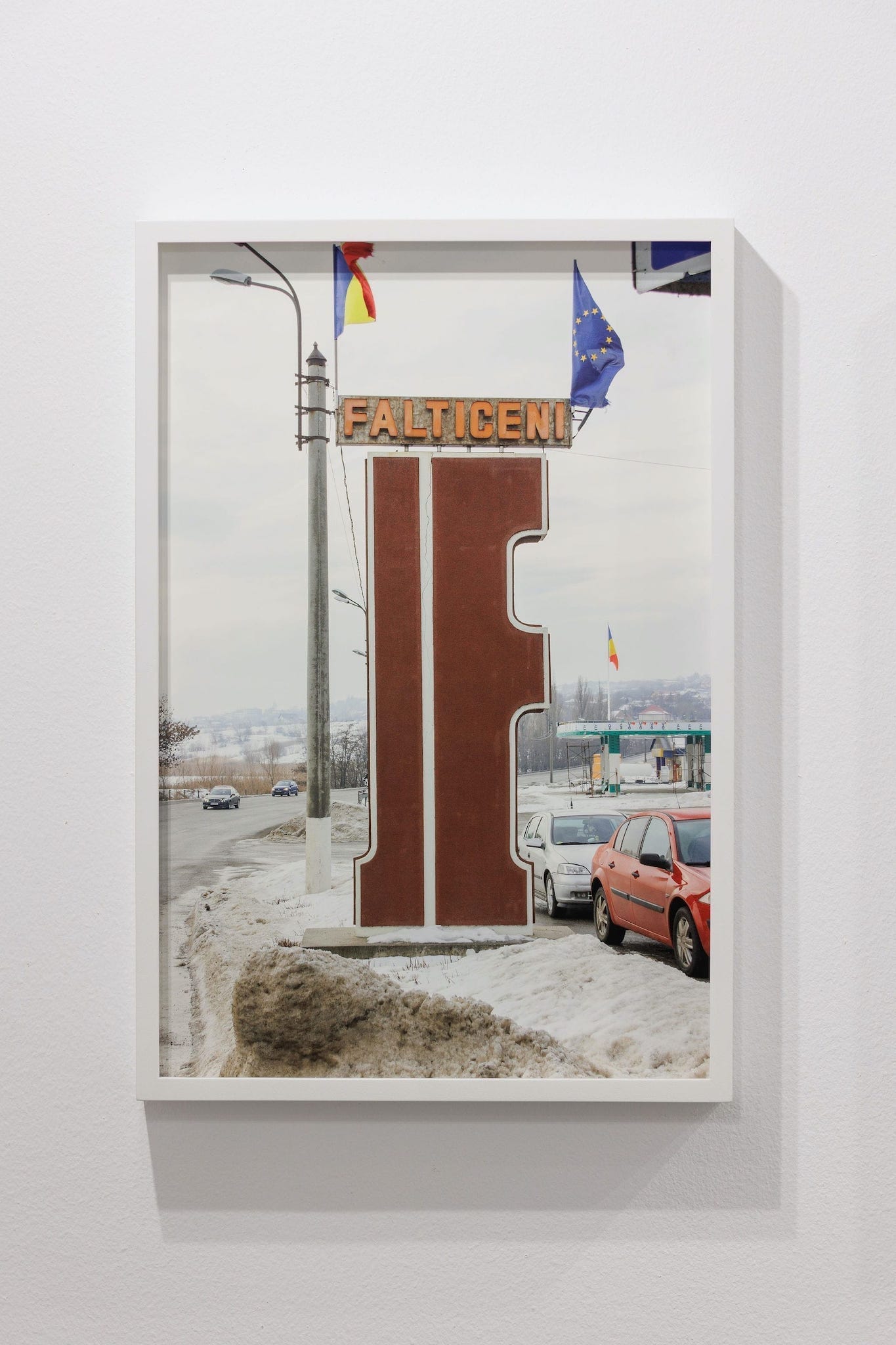
digital photograph
46.5 x 32 cm
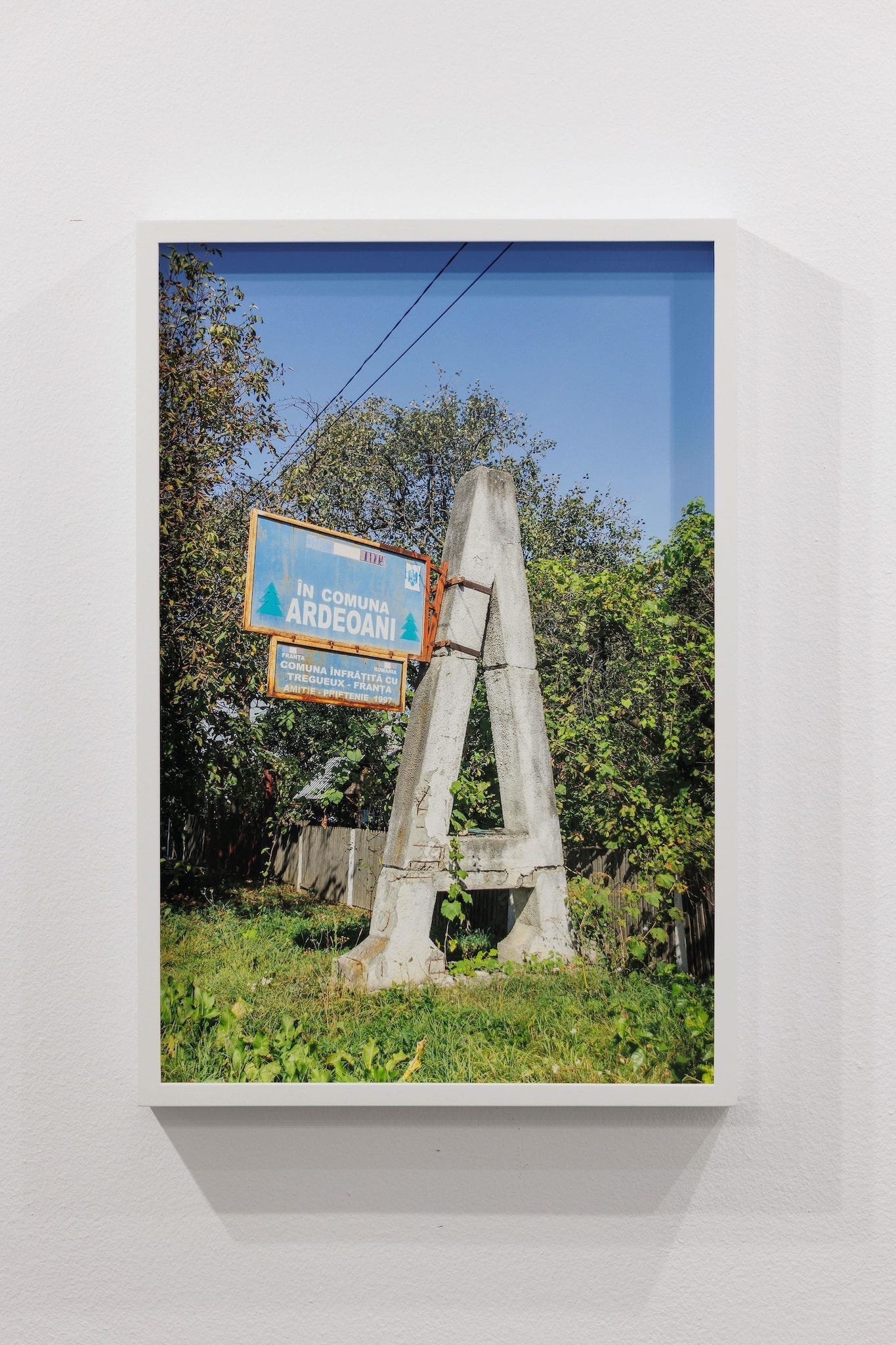
digital photograph
46.5 x 32 cm
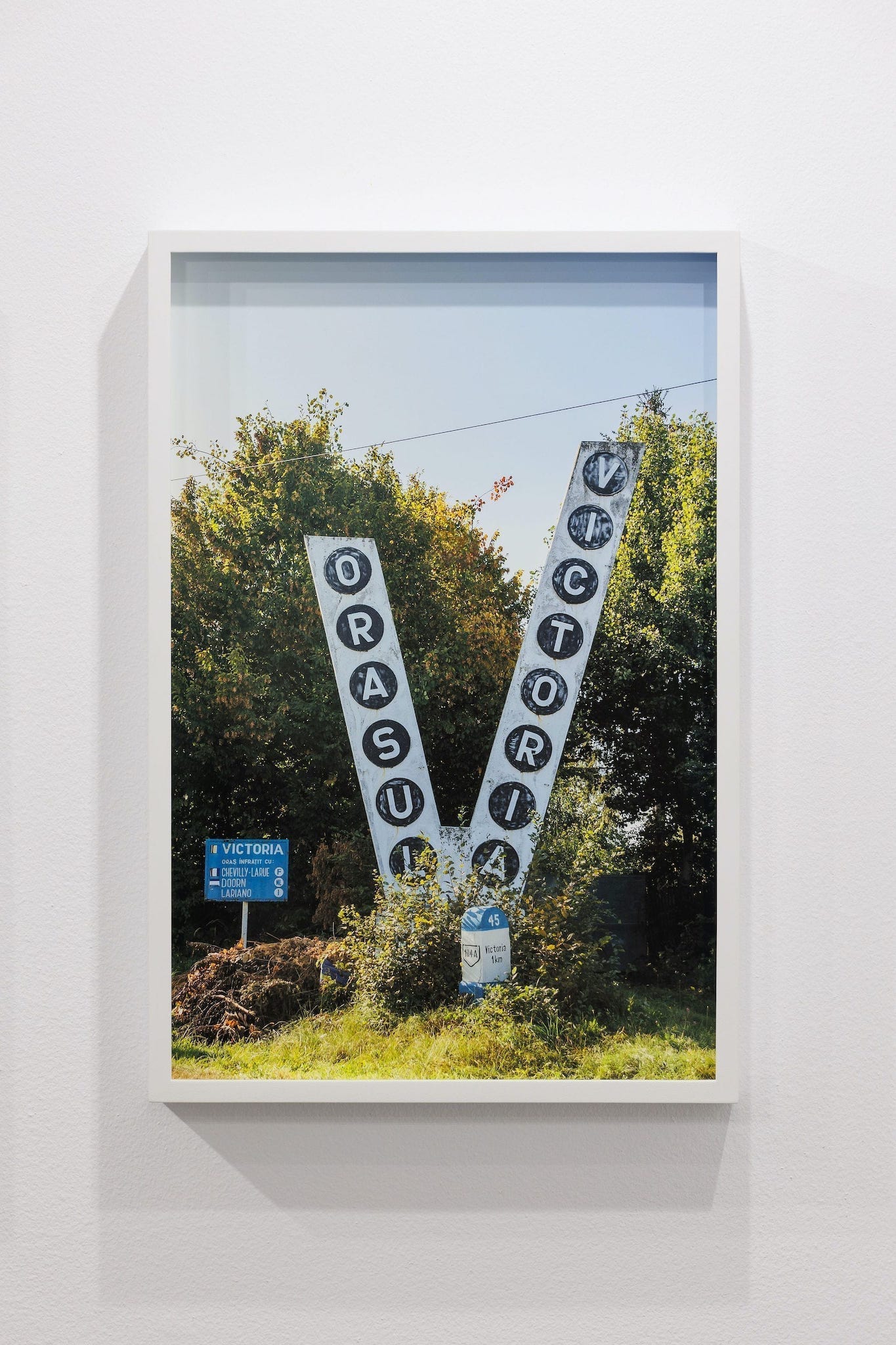
digital photograph
46.5 x 32 cm
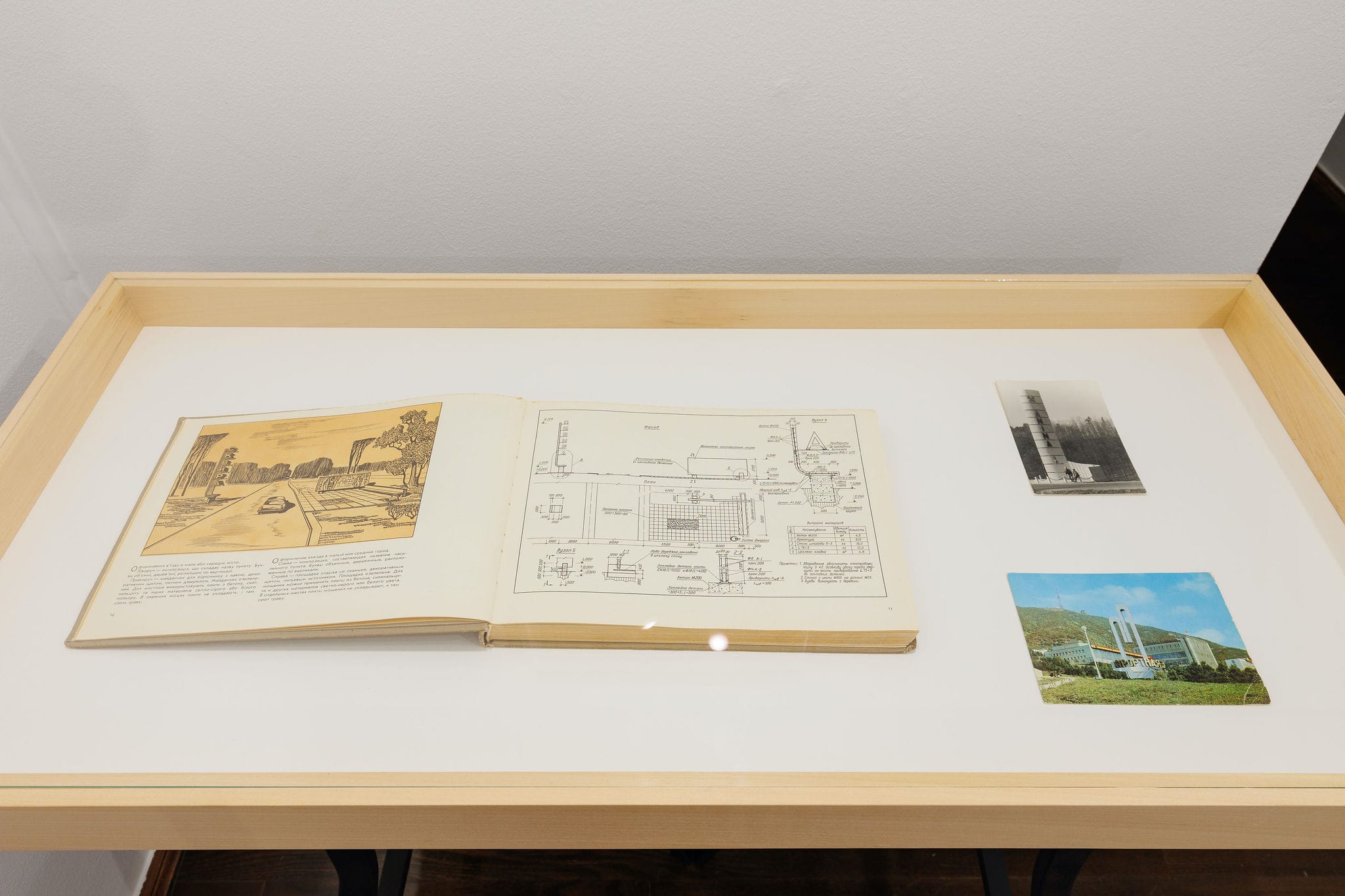
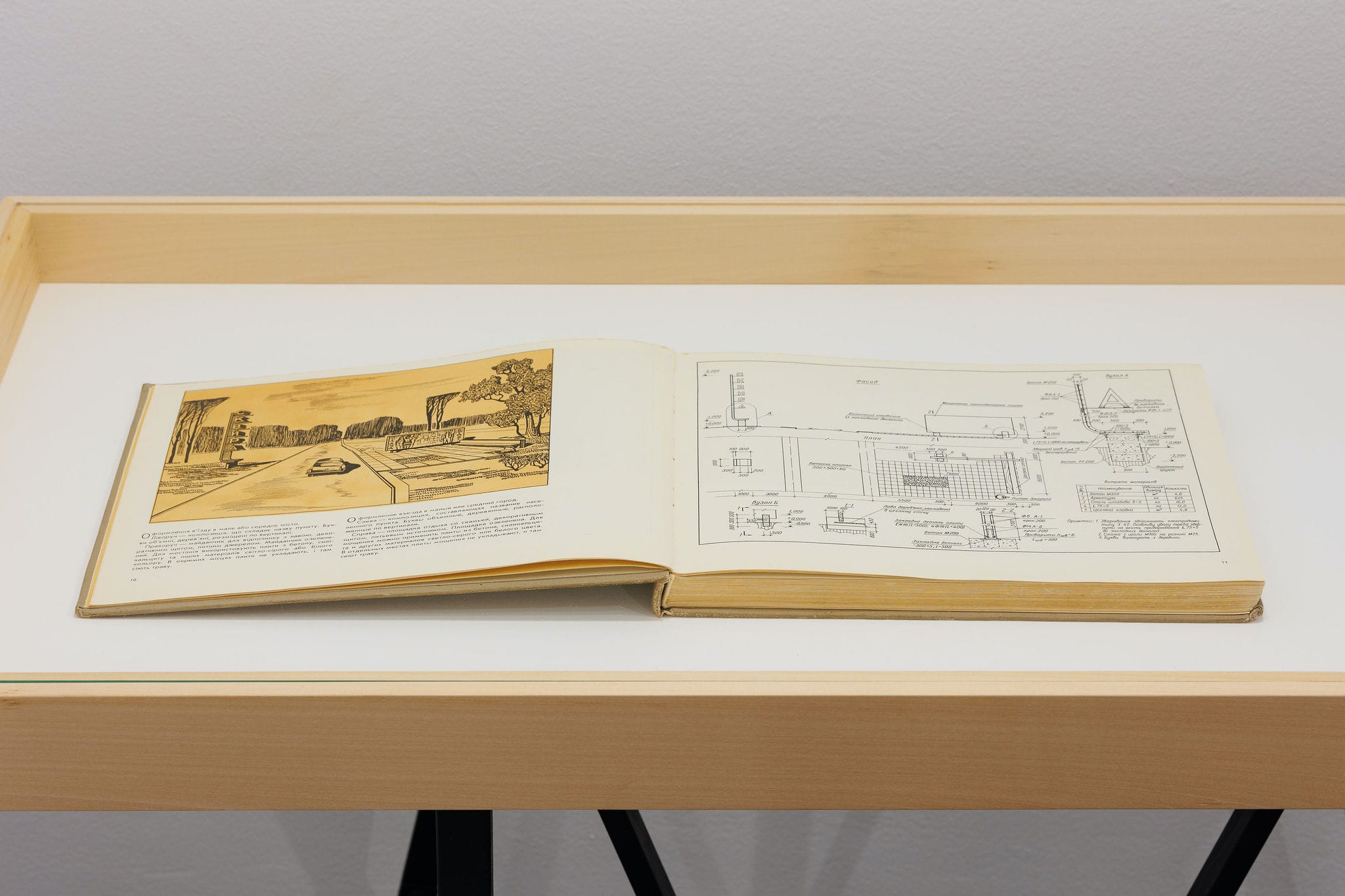
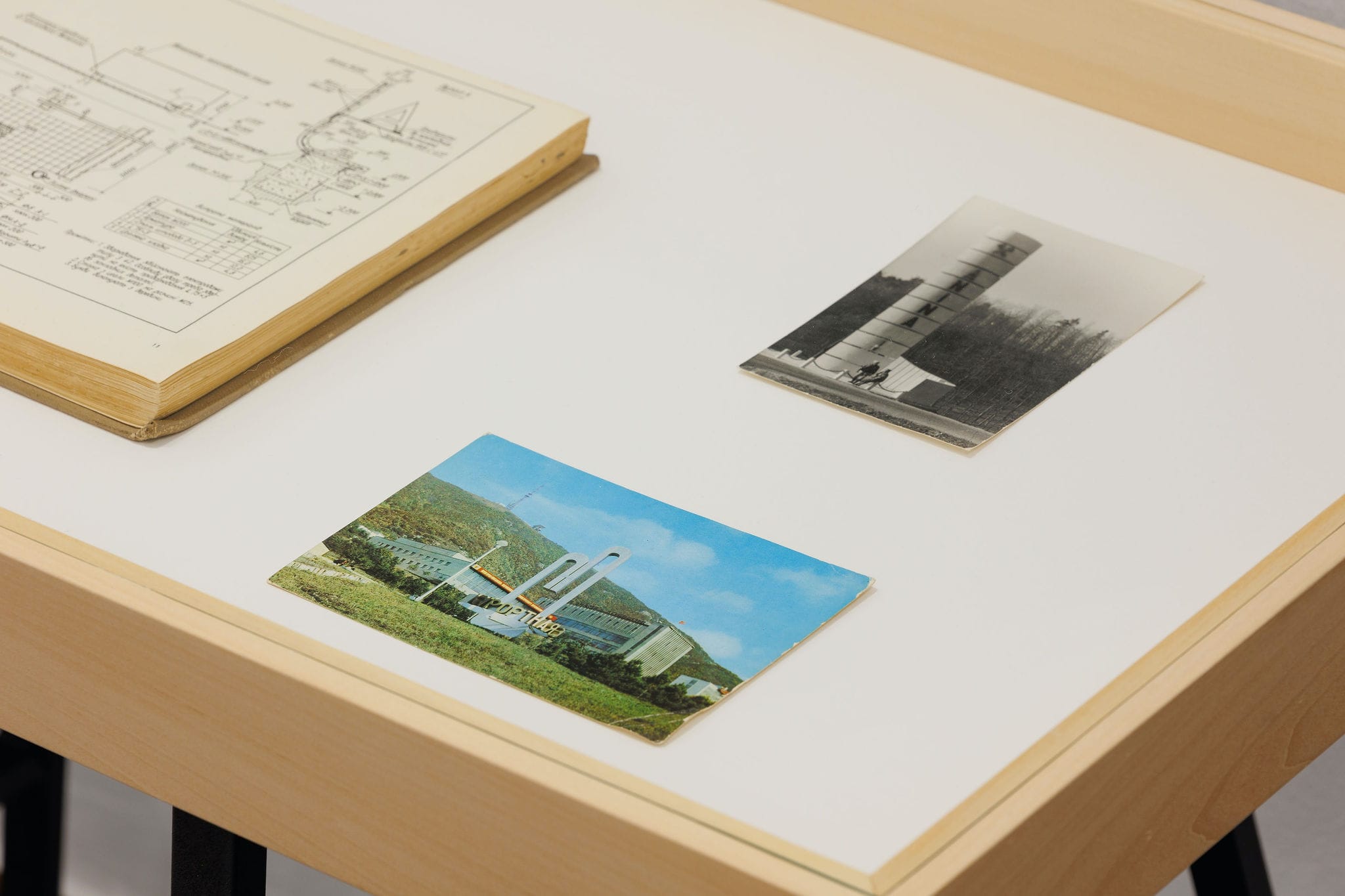
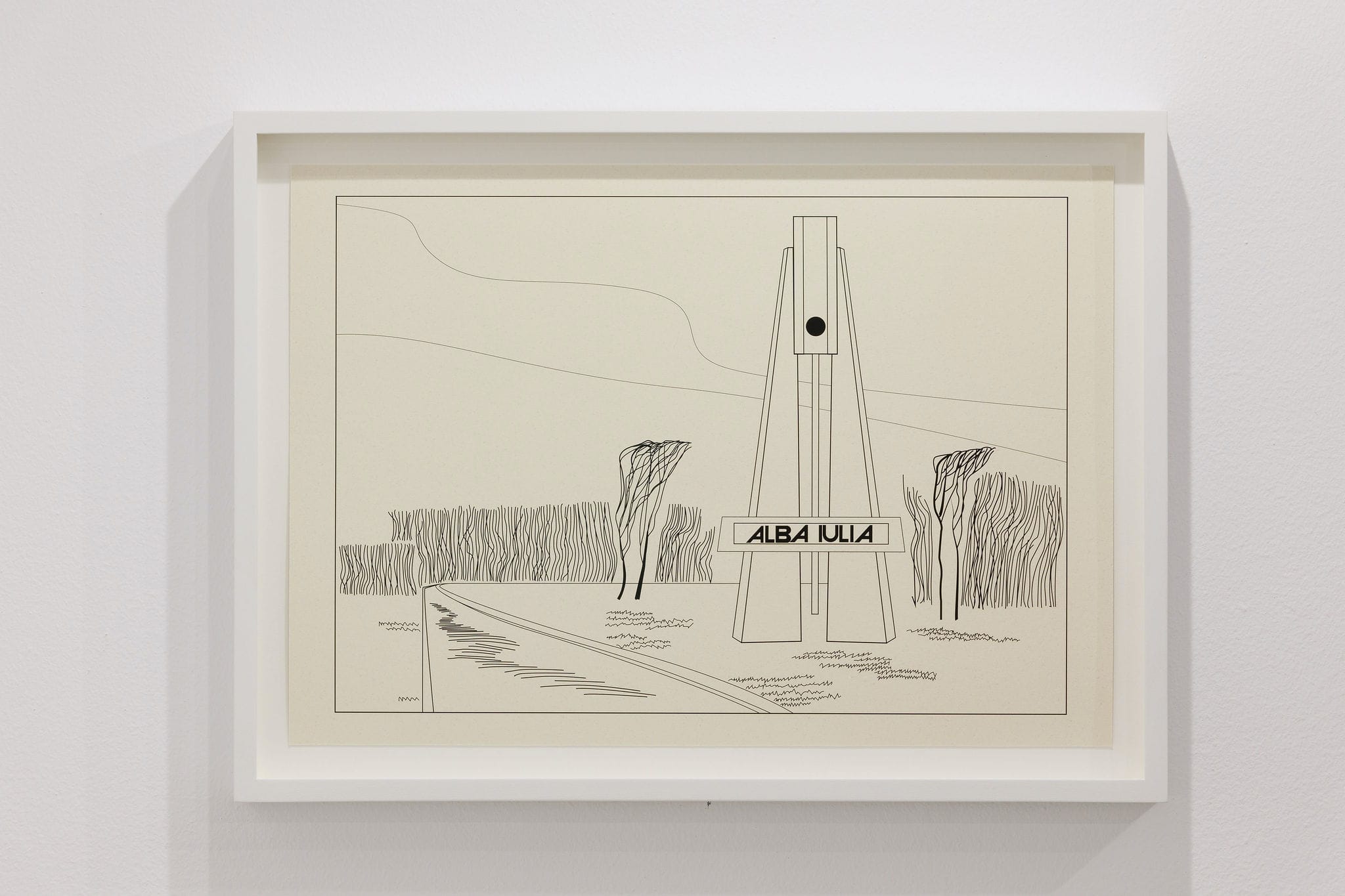
digital drawing
35 x 47.5 cm
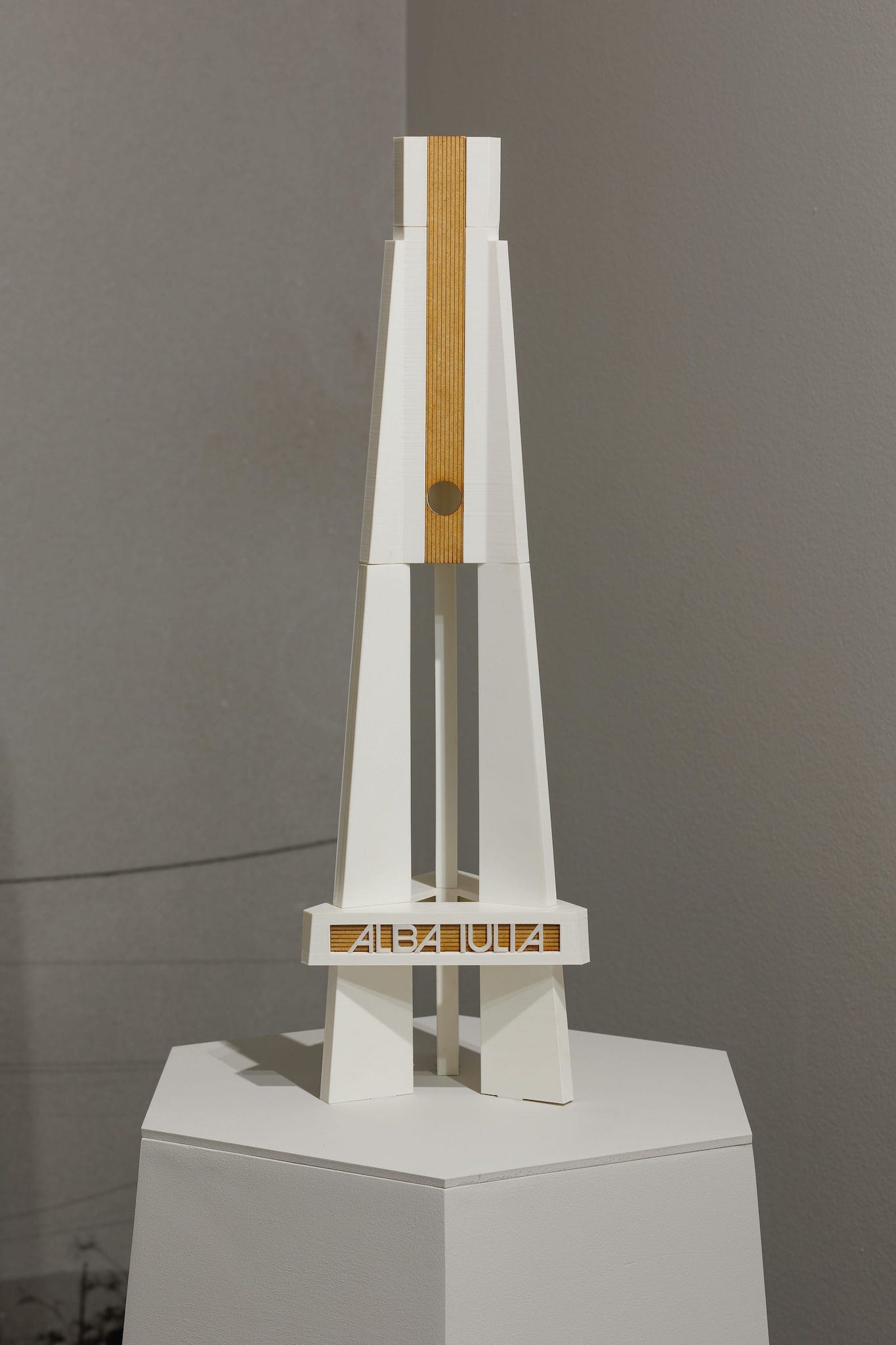
3D print
51 x 15 cm
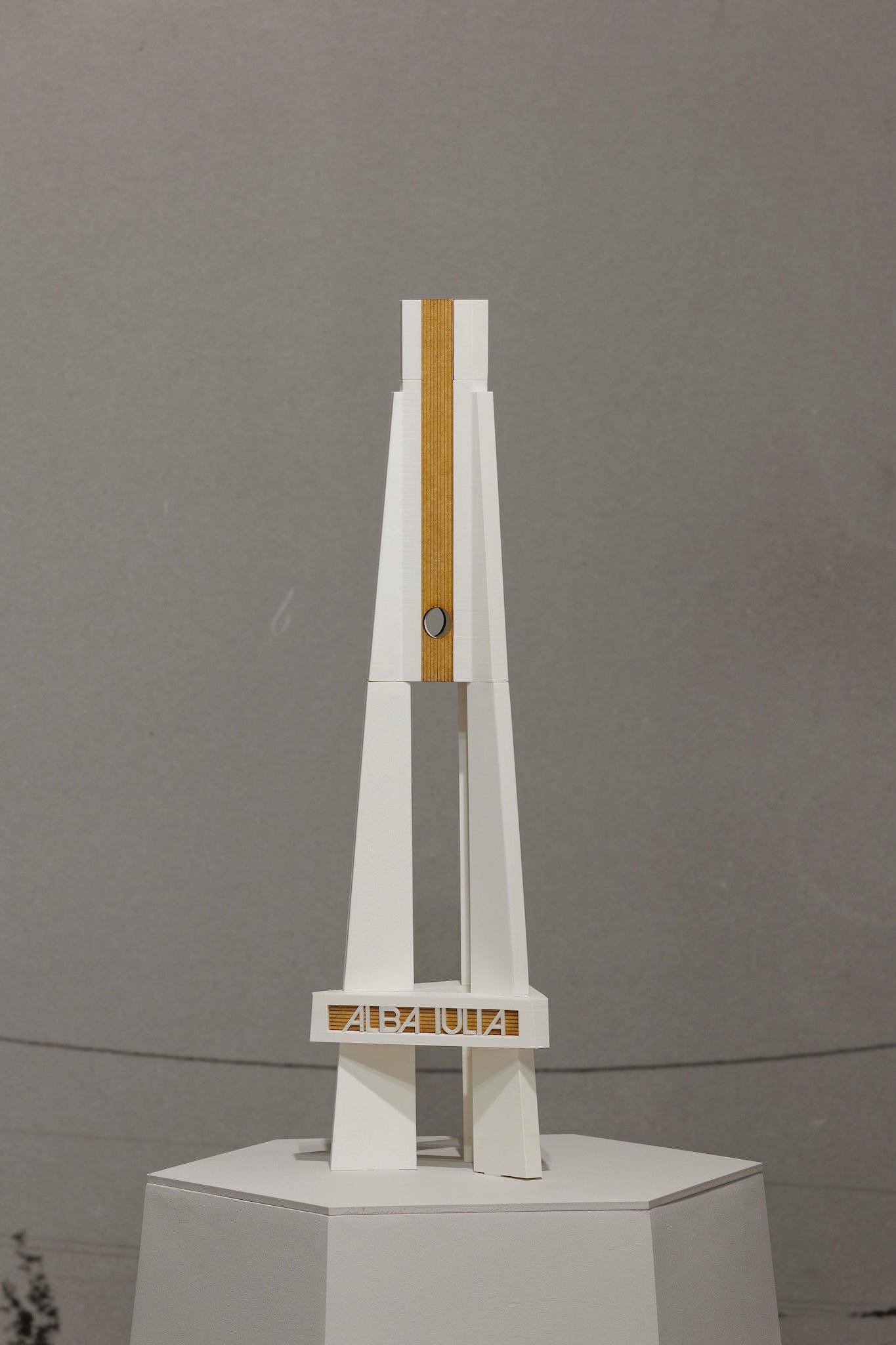
3D print
51 x 15 cm
(details)
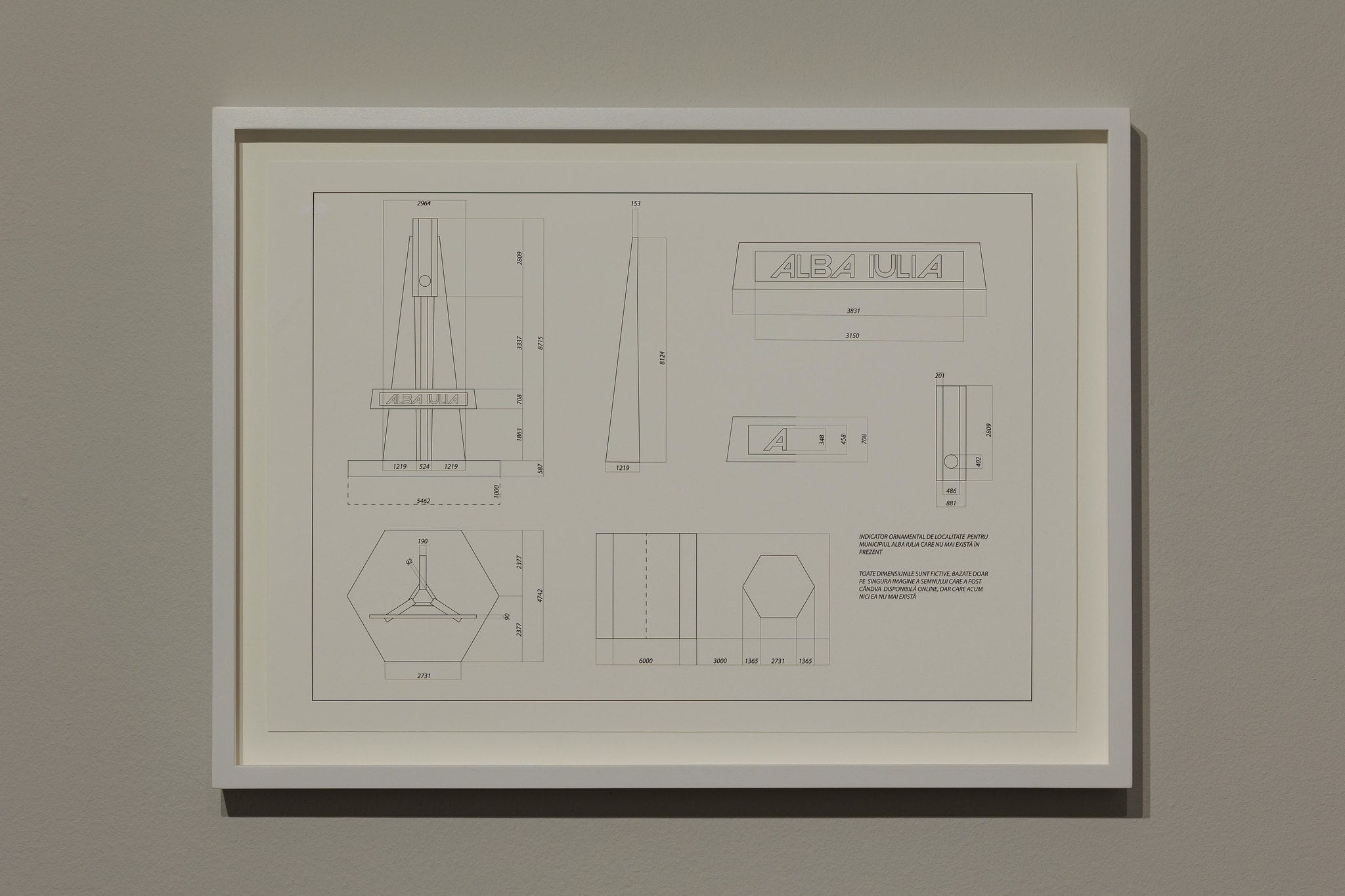
digital drawing
35 x 47.5 cm
Artist
Roberta Curcă (b. 1991, Romania) is a Bucharest-based artist working with drawing, photography, objects, and artist books. In her work she employs a systematic investigation into various types of structures or images that describe or subvert the human’s relationship to the built or natural world and the psychological, social, political or ecological implications of this relationship. She has studied at the National University of Arts in Bucharest inside the Graphic Arts Department and is currently a PhD candidate at the Center of Excellence in Image Study (CESI) in Bucharest. Her artworks have been shown in exhibitions at Fondazione Bevilacqua La Masa in Venice, Accademia di Romania in Rome, Kunsthalle Bega and Spațiul 2/2 in Timișoara, Lateral ArtSpace in Cluj, Arcub, Ivan Gallery, Victoria Art Center and tranzit in Bucharest, as well as in exhibitions by the young artists’ group Nucleu 0000. She participated in artistic residencies such as Electroputere Air in Craiova, Romania and in the 2017 Mobile Biennial. Her visual documentation projects include the online photographical archives of the Instagram accounts @border_marks_archive and @tiles.and.tiles.
